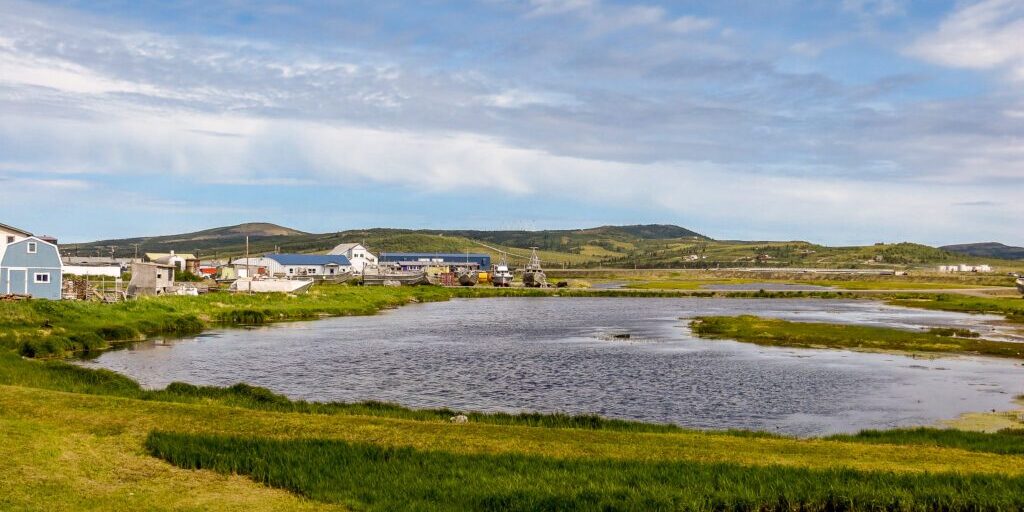Last week, the U.S. Department of Agriculture (USDA) Rural Partners Network (RPN) visited the communities of Nome, Shaktoolik, and Unalakleet. Their goal was to connect with these communities, share federal program information, and understand the resources they still need for rural development.
The RPN, comprised of federal agencies, is dedicated to working directly with rural communities to enhance infrastructure development. The rather new federal program has four community networks throughout the state: the Nome Region, Southeast Alaska, Interior Alaska, and Southwest Alaska.
The RPN recognizes that 86% of communities in the state can’t be reached by road, making the transportation of goods and people not only difficult, but also costly. Julia Hnilicka, the Network’s State Director, expressed during their visits to the three communities that she learned housing across the region is a struggle for many families.
“We had a lot of infrastructure built in Alaska across the state all at the same time. We had housing, we had water and sewer, we had our roads, all these things developed at the same time. So now, they’re all crumbling at the same time. We are really seeing not only the destruction of Typhoon Merbok but also on infrastructure and the long-term difference of maintenance and operation as well.”
The USDA has been actively supporting Alaska by investing in community facilities such as hospitals, libraries, and schools. Additionally, the agency has focused on supplying communities with accessible internet, water and waste systems, and electric services. Hnilcika says the Alaska Native Villages and Rural Communities Water Grant Program and Community Facilities Direct Loan & Grant Program in Alaska are available, but applying for them can be challenging.
“I think the biggest misconception is that there isn’t help out there to do that. So not only is there help through public programs, but through different regional programs. And, you know, some communities are fortunate enough to be able to contract help as well. But we also want people to know, in every community that we go to, that rural development has boots on the ground here in Alaska, and even sometimes our programs might be nationally competitive, but we can help.”
Hnilcika said it’s beneficial for the USDA to learn about personal experiences from the community on topics regarding rural development.
“When entities come in, they only talk to, maybe just one part of the city government and the municipality, or they just talk to the tribe, or they just talk to the corporation, you’re not really getting an entire picture of the issues and concerns on the ground.”
In 2022, the agency launched the Rural Disaster Home Repair Grant Program to assist individuals living in declared disaster areas, including the Bering Strait region, which was affected by Typhoon Merbok last September. Grants exceeding $40,000 were distributed to help residents with home repair expenses resulting from the typhoon.
“The destruction that was wrought across this region really necessitated us making sure that we can be part of the story of repairing and restoring but also at the same time being able to be relationship builders within this region.”
Hnilicka says the RPN team in Alaska is passionate about helping rural communities in the state and that it’s important to her to have a presence in these communities. To reach out to the Rural Partners Network, visit their website.
Photo at top: A sunny day in Unalakleet, Alaska. Photo: Maddie Winchester, KNOM.




